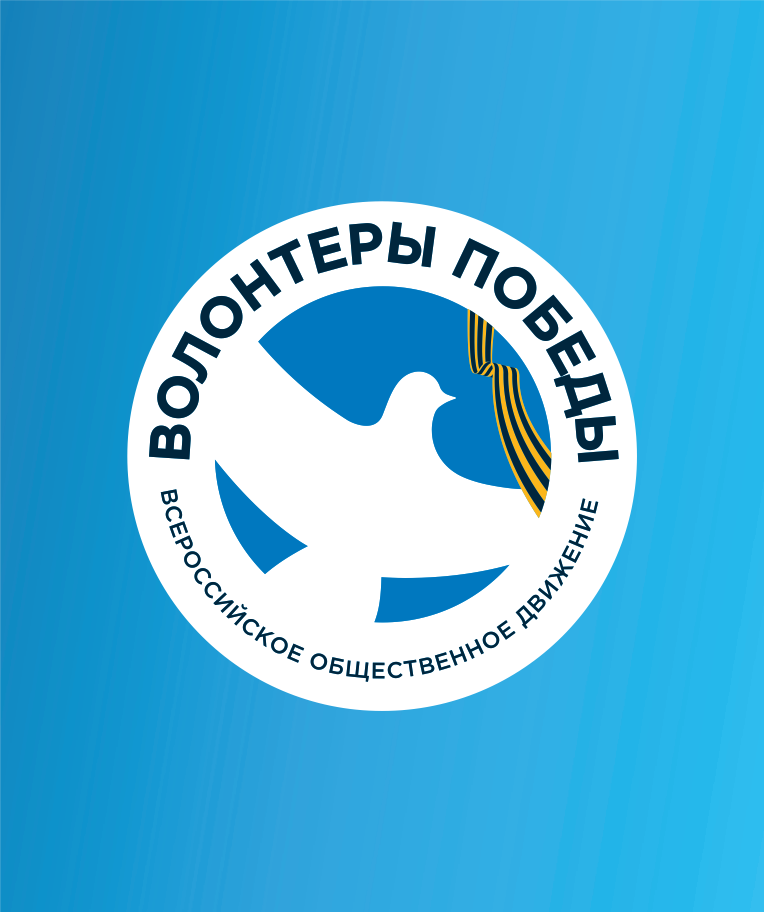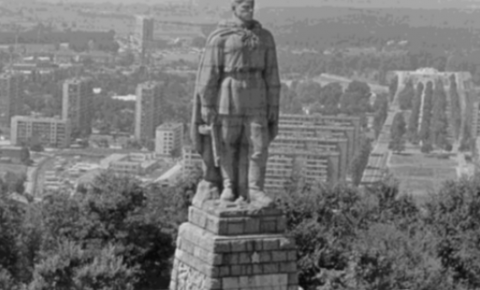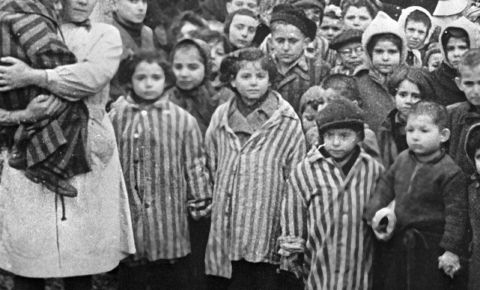On January 29, 1942, the Soviet Union, the United Kingdom and Iran signed a Treaty of Alliance against Nazi Germany
On January 29, 1942, the Soviet Union, the United Kingdom and Iran signed a Treaty of Alliance against Nazi Germany. This upset German plans for drawing Iran into the Axis and creating a new theatre of war in the Middle and Near East.
After Hitler came to power, Germany intensified its efforts to infiltrate Iran, which it viewed as a bridgehead for reaching out towards British India, as well as a source of wood and cotton for the German defence industry. German agents were sent into Iran, where a large-scale nationalist propaganda campaign was underway.
When WWII broke out, Iran declared its neutrality, but sympathies for Hitler started growing with the Nazis’ advance deeper into the Soviet territory. However, Berlin did not trust Reza Shah, and it was rumoured that the Germans were preparing a coup d’etat in Iran.
The Soviet leadership could not allow this. Since the start of the war, it had been actively discussing the Iranian question with London, which was also interested in curbing the Nazis’ subversive activities in Iran.

To prevent Germany from making use of Iranian territory and resources for military purposes, the Soviet Union and the UK decided in August 1941 to deploy their troops in Iran. The Soviet Government acted in accordance with Article 6 of the Soviet-Iranian treaty signed in 1921, which allowed the Soviet Union to take military measures for self-defence purposes, up to and including the deployment of troops in Iran.

Vyacheslav Molotov and Winston Churchill in the UK.
On January 29, 1942, Soviet Ambassador Andrey Smirnov, UK Ambassador Sir Reader William Bullard and Iranian Foreign Minister Ali Soheili signed the Treaty of Alliance between their countries. The document allowed the deployment of Soviet and British troops in Iran and the transit of British shipments to the Soviet Union via Iran. The allies also pledged to respect the territorial integrity, sovereignty and political independence of Iran.
The document was a major achievement for Soviet military diplomacy and a serious obstacle on Hitler’s path towards global domination. One of the main five lend-lease routes later ran across Iran, accounting for 23.8 percent of the allies’ arms and equipment deliveries to the Soviet Union.


 В Каунасе прошли памятные мероприятия в день освобождения города от немецко-фашистских захватчиков
В Каунасе прошли памятные мероприятия в день освобождения города от немецко-фашистских захватчиков
1 августа 2021 года в день 77-й годовщины освобождения города Каунаса (Литва) от немецко-фашистских захватчиков советник-посланник Сергей Рябоконь и военный атташе при Посольстве России в Литве Олег Давлетзянов совместн...
01 Aug 2021





